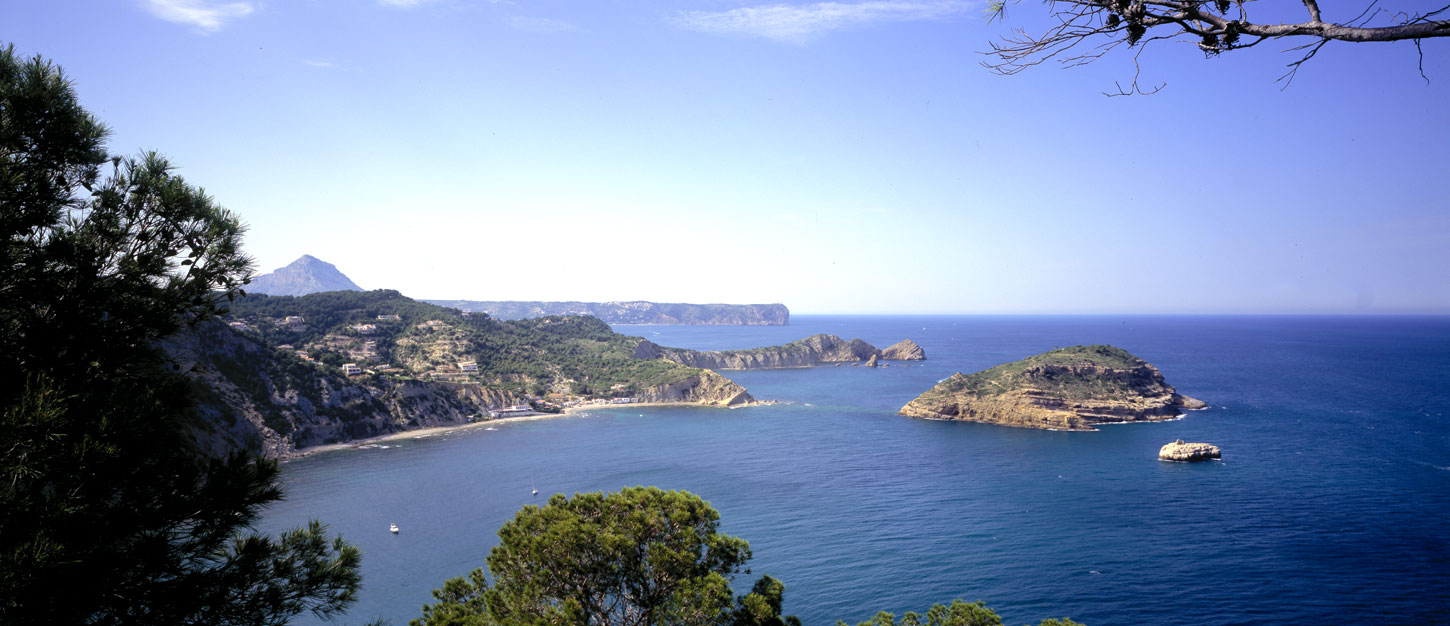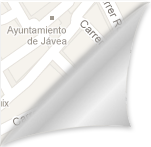

Agustine's Convent
In the 17th Century, the religious devotion of the Counter-Reformation promoted the creation and construction of convents. In 1616, Lluc Espanyol, a devoutly religious Xàbia citizen, made a donation of 6 “hanegadas" (a seed measure of land approx. 833 m.) outside the City Walls with the aim to build the Minimum Convent of Nostra Senyora de la Victòria i Sant Francesc de Paula (Our Lady of Victory and the St. Francis of Paola).
As the years passed, a large maritime neighbourhood (arrabal) was created around the convent, as a symbol of the city's urban and demographic growth. The convent is comprised by various quarters, among which we highlight the cloister with two floors and its Renaissance style and the Church with a large straight and vertical sandstone façade which faces the square. The entire complex was affected by the State Seizure and Sale of Church land laws in the 19th Century and it was ceded to the Town Council in 1841 for “schools, Professorship of Latin studies, prison, and granary”. Destroyed in 1936, the Town Council exchanged this plot which is now occupied by the local Market. The current Convent was built on this large plot in 1946 to house the Augustine Order of Nuns who definitively abandoned it in 2003.













